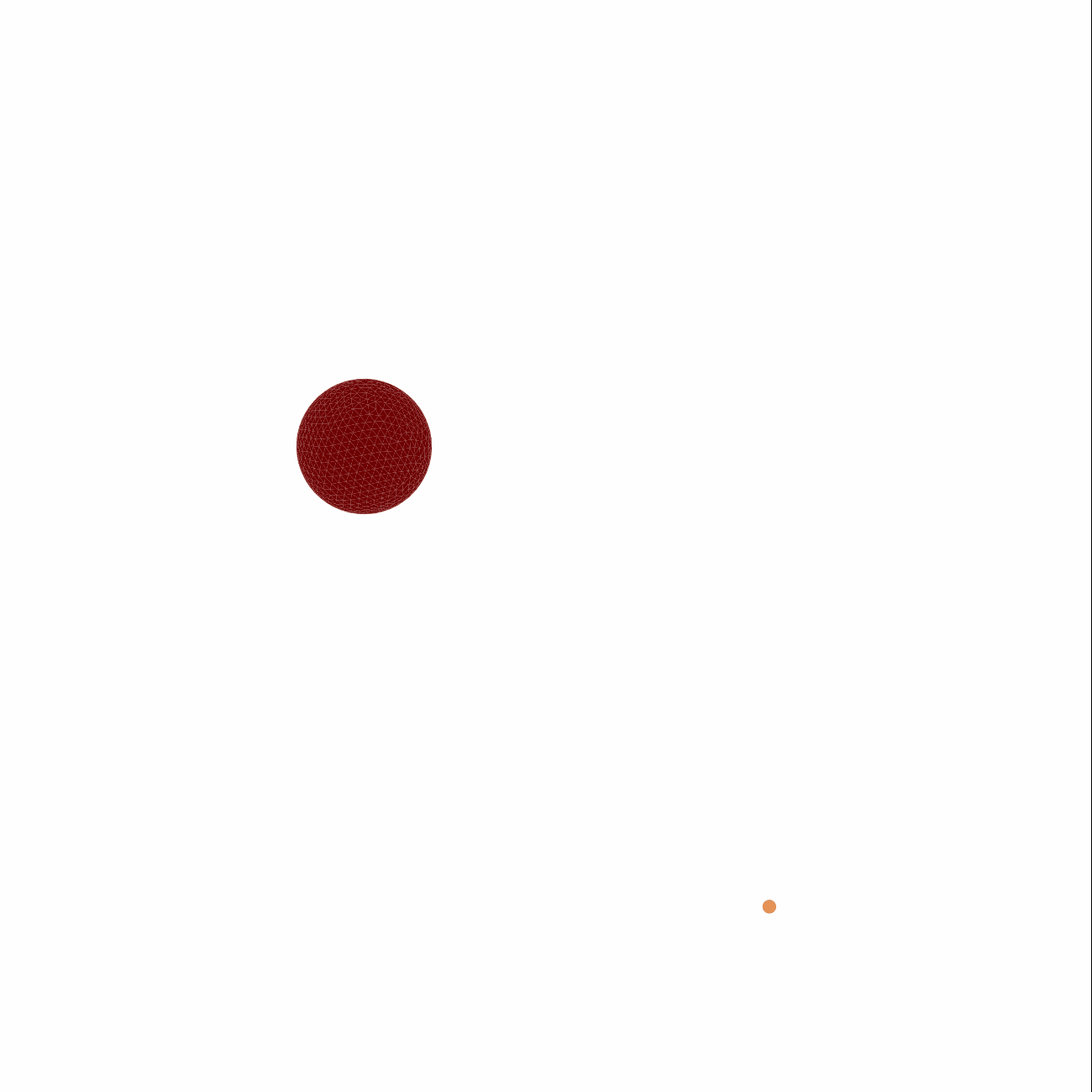Another recent paper is based on astronomical master's thesis from IFA
Jeppe Sinkbæk's Master's Thesis on the red giant star KIC 8430105 is the basis for a recent paper in Monthly Notices of the Royal Astronomical Society


New paper on red giant stars is based on Master's Thesis from IFA student. The title is: Establishing the accuracy of asteroseismic mass and radius estimates of giant stars. II. Revised stellar masses and radii for KIC 8430105
Within astronomy especially one method for the study of stars has been so productive as to be considered a bit of a miracle cure. The name is asteroseismology, and it gives us access to information on the stars not previously obtainable. In geophysics sound waves; seismics are used for determining the composition of layers below the surface of the Earth. Oscillations in some types of stars can likewise be measured from a distance, and can provide information on stellar interiors.
Red giant stars in our own Galaxy is one example of large scale use of asteroseismology. These stars are very bright, and thus visible at large distances, and this enables us to study the local state of affairs in their respective vicinities. One of the challenges is that our tools for this kind of work stems from studies of oscillations in the Sun - and this is not a red giant. Unfortunately this means that there are clear differences between our predictions of red giant masses, radii and ages based on asteroseismology and what is actually measured for them.
With the master's thesis by Jeppe Sinkbæk we have come a step closer to being able to adapting the sun-based asteroseismology to red giants. The red giant in the binary system KIC 8430105 orbits with a smaller "more ordinary" star. With the Kepler satellite the brightness of the two stars are measured over time, and they are found to be eclipsing each other regularly, giving a number for the relative sizes. Using spectrographic measurements with the instrument FIES on the Nordic Optical Telescope on La Palma the orbital parameters could be determines, and this in turn gave the relative masses. Comparing these parameters with the results from asteroseismological measurements was then possible.
This study adds to the comparative studies of 5 more red giants done at Aarhus University makes it possible to further fine tune the asteroseismic results for these stars.
The paper has been published in Monthly Notices of the Royal Astronomical Society, and can be found here.
